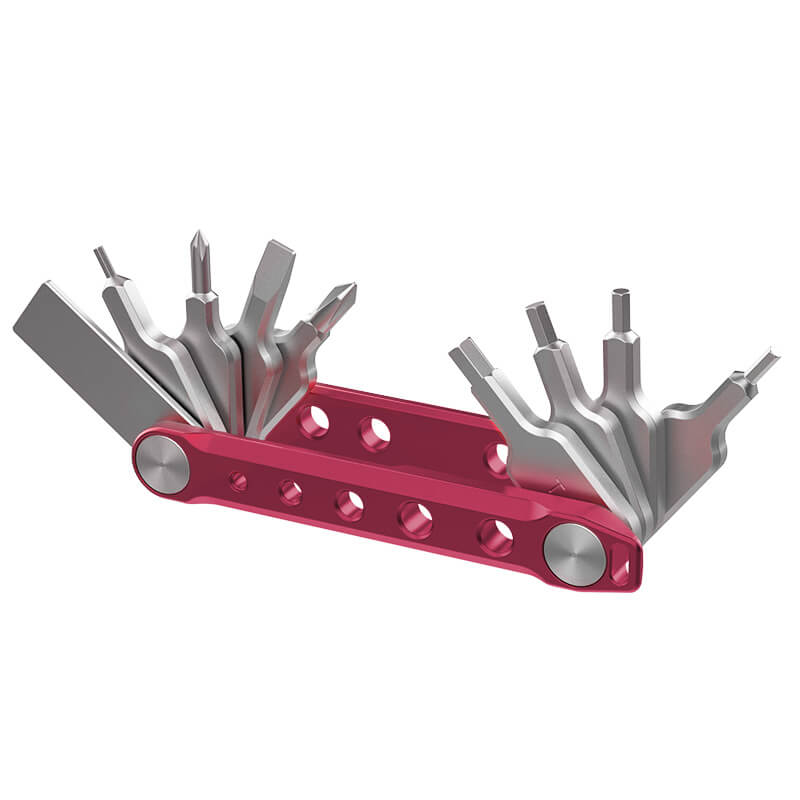A stable and reliable camera support system is essential for capturing the perfect shot. Two common options for camera support are camera stands and tripods. While both serve the purpose of keeping your camera steady, they have distinct differences that make them suitable for various situations. Let's dive into what sets a camera stand apart from a tripod, so you can figure out which one will be your go-to for nailing those awesome shots.
Why Rely on Camera Stands: Understanding Its Basics
What is a Camera Stand?
A camera stand is a support system designed to hold a camera in a fixed position. It typically consists of a base, a column, and a camera mounting plate. Camera stands are commonly used in studio settings, where precise positioning and stability are crucial. They come in various sizes and can be adjusted to different heights, making them suitable for a range of photography and videography applications.

Pros of Camera Stands
- Rock-Solid Support: Camera stands are like the trusty sidekick to your camera, keeping everything super steady for crisp, clear photos. They're tough enough to stay put and keep shake out of the picture, even with big cameras and slow snaps.
- Built to Last: Built like a tank, these stands can take a lot of knocks and still keep your camera safe. They're made from stuff that lasts, so your money's well-spent on gear that'll stick around for the long haul.
- Precise Positioning: With a camera stand, you have complete control over the placement of your camera. The adjustable column and mounting plate allow you to set your camera at the perfect height and angle for your shot, ensuring that you can capture exactly what you envision.
- Versatile Scenarios Applied: Whether you're zooming in on a tiny bug or setting up for a portrait, a good camera stand doesn't flinch. It's a jack-of-all-trades in the studio, ready to hold up any camera you throw its way.

Cons of Camera Stands
However, camera stands do have some limitations.
- Lack of Mobility: While camera stands excel at providing stability, they may not offer the same level of flexibility as tripods. The fixed design can limit your ability to quickly change camera angles or positions, which can be a hindrance when shooting in fast-paced environments or when you need to adapt to changing conditions.
- Bulky and Heavy: Camera stands, especially those designed for professional use, can be quite bulky and heavy. This makes them less portable than tripods and can be a challenge when shooting on location or traveling with your gear.
- Cost: Quality camera stands with all their sturdiness come at a premium. For pros who spend their days in the studio, this might make sense. But for casual shooters or anyone watching their budget, this could be a bit much, especially when tripods can give you more bang for fewer bucks.
What Sets Tripods Apart: Discovering the Secrets of Tripods

Unpack the Tripod
A tripod is a portable three-legged support system designed to hold a camera steady. It consists of three main components: the legs, the head, and the center column. Unlike camera stands, tripods offer greater flexibility and versatility in terms of positioning and angle adjustments. They typically feature adjustable legs, a center column, and a head that allows for smooth panning and tilting movements. Tripods are commonly used in a wide range of photography scenarios, from landscape and wildlife photography to event and portrait shoots.
Pros of Tripods
- Go-Anywhere Adaptability: High-quality tripods are the Swiss Army knives of camera gear. They can stretch their legs wide for a low angle or stand tall for a grand view. Need to pivot or tilt your camera just right? The tripod's head moves smoothly so you can catch that perfect shot without a fuss.
- Easy to Carry: These guys understand a photographer's wanderlust. Tripods pack up nice and neat, and they're light enough to throw over your shoulder when you're moving from spot to spot. So, whether you're climbing hills or navigating through crowds, your tripod's ready for the journey.
- Wallet-Friendly: When it comes to cost, tripods are the budget-savvy photographer's best friend. They're usually less pricey than camera stands, and with plenty of options out there, you're bound to find one that doesn't stretch your wallet too thin. Read our this guide to know more: How Much Should a Tripod Cost in 2024?
Cons of Tripods
- Lower Weight Capacity: Tripods typically have a lower weight threshold than camera stands. This means that they might not be the best option for very heavy or large cameras, such as medium or large format cameras used by professionals in studio settings.
- Complex Head Mechanisms: The heads on tripods, which allow for panning and tilting, can add to the complexity and potential points of failure. They may require maintenance and can be less robust than the simpler, more direct mounting mechanism of a camera stand.
- Long-Term Stability: While tripods offer good stability, they may not be as rock-solid as heavy-duty camera stands, especially when using larger, heavier camera setups. If you're shooting in windy conditions or on uneven terrain, a tripod can be more susceptible to vibrations and movement, which can lead to blurry or shaky images. Over time and with frequent use, especially outdoors, the joints and mechanisms of a tripod can wear down, compromising its stability.
Deciding Between a Camera Stand and a Tripod

Choosing between a camera stand and a tripod depends on several factors, including the nature of your photography work, your environment and mobility needs, and your budget constraints. Here's a breakdown of what you should keep in mind:
- What's your shoot style? If you're mostly shooting in your studio and need your camera to stay right where you put it, go for a camera stand. But if you love shooting in the great outdoors or like to mix up your locations, a tripod can be your best buddy because it's easy to carry and set up anywhere.
- Where do you take your shots? If you tend to stay put in one location-like a studio with a controlled setting-a camera stand's stability is unbeatable. On the other hand, if you're out and about on rocky hills or uneven paths, you'll want a tripod that can handle those bumps and lumps with ease.
- How's your budget looking? Generally speaking, camera stands can be pricier than tripods. So, if you've just started dabbling in photography or are sticking to it as a hobby, a tripod might give you more bang for your buck.
Discover Your Camera's Perfect Match
Camera stands and tripods serve the same fundamental purpose of providing stability and support for your camera. However, they have distinct differences that make them suitable for different situations and user needs. When choosing between a camera stand and a tripod, consider your specific requirements, including the nature of your photography work, your shooting environment, and your budget. Whether you choose a camera stand or a tripod, make sure it ticks all the boxes for keeping your shots sharp, adapting to your style, and adding that professional polish to your photography or videography game.






